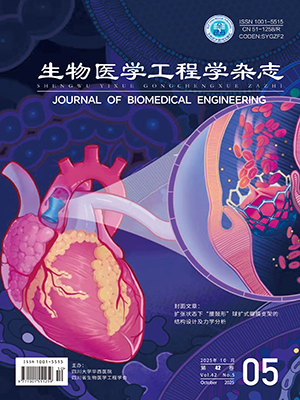Three-dimensional finite element model of elbow was established to study the effect of medial collateral ligament (MCL) in maintaining the stability of elbow joint. In the present study a three-dimensional geometric model of elbow joint was established by reverse engineering method based on the computed tomography (CT) image of healthy human elbow. In the finite element pre-processing software, the ligament and articular cartilage were constructed according to the anatomical structure, and the materials and contacts properties were given to the model. In the neutral forearm rotation position and 0° flexion angle, by comparing the simulation data of the elbow joint with the experimental data, the validity of the model is verified. The stress value and stress distribution of medial collateral ligaments were calculated at the flexion angles of elbow position in 15°, 30°, 45°, 60°, 75°, 90°, 105°, 120°, 135°, respectively. The result shows that when the elbow joint loaded at different flexion angles, the anterior bundle has the largest stress, followed by the posterior bundle, transverse bundle has the least, and the stress value of transverse bundle is trending to 0. Therefore, the anterior bundle plays leading role in maintaining the stability of the elbow, the posterior bundle plays supplementary role, and the transverse bundle does little. Furthermore, the present study will provide theoretical basis for clinical recognizing and therapy of elbow instability caused by medial collateral ligament injury.
Citation: PAN Kui, WANG Fang, ZHANG Jianguo, LI Mingxin, SHI Peizhen, CAO Zijun, ZHOU Jingsong. Finite element analysis on biomechanical properties of medial collateral ligament of elbow joint under different flexion angles. Journal of Biomedical Engineering, 2019, 36(3): 401-406. doi: 10.7507/1001-5515.201709018 Copy
Copyright © the editorial department of Journal of Biomedical Engineering of West China Medical Publisher. All rights reserved




